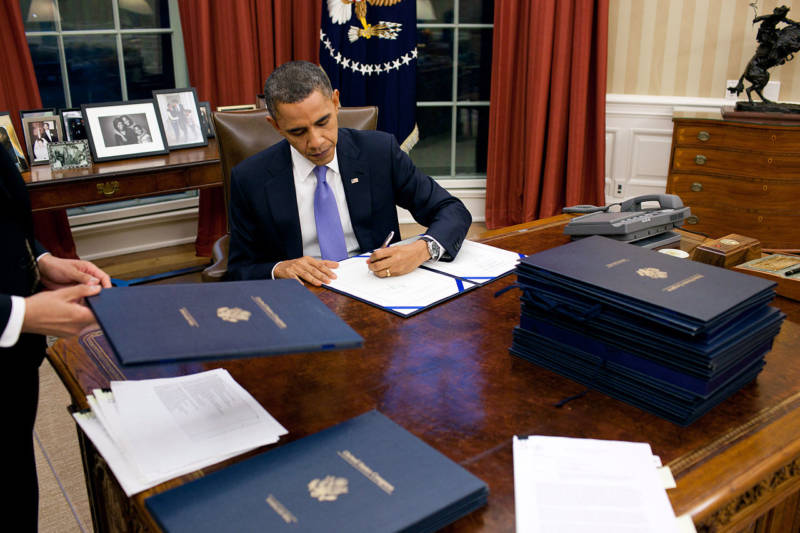For what is arguably the most powerful job in the world, the position of President of the United States comes with a surprisingly brief description and strikingly few prerequisites.
And amid all the hoopla of the presidential election, with so much attention focused on the latest soundbites, gaffes and most recent polling numbers, it's easy to lose sight of what the president is actually supposed to do.
The basics of the job are spelled out in Article II of the U.S. Constitution. To start, you must be at least 35 years old, a native-born citizen and have lived in the United States for a minimum of 14 years. The term is four years, with a chance for another go-around if things work out. And yes, it comes with pretty decent compensation (current salary: $400,000/year).
The Constitution goes on to identify the president's two main roles: as chief executive of the federal government and commander-in-chief of the armed forces, with the authority to send troops into combat.
As head of the Executive Branch of the federal government, he (or she) enforces U.S. laws, treaties, and court rulings, has the power to make treaties (with two-thirds support of the Senate); can grant reprieves or pardons and appoints federal officials, including Supreme Court justices. The president is also charged with signing legislation from Congress into law, or vetoing it.
